Hobbies Alert! 7 Easiest Vegetables to Grow in Containers
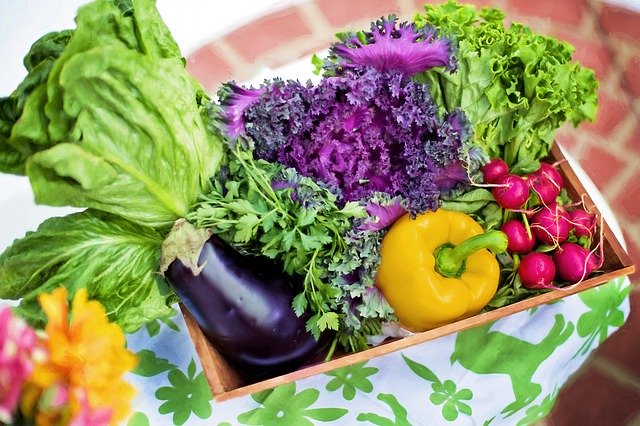
What are the Easiest Vegetables to Grow in Containers?
If you have never gardened before, I can’t think of a better time. Choose the easiest vegetables to grow in containers for your own in-home garden with a balcony, terrace, or rooftop. You can start many in the winter months, then transfer them to the outside OR even keep some inside!
Gardening is a proven stress reliever that one study suggests. Many people use gardening as a tactile hobby, and a means to manage depression and anxiety. Doctors often remind us to eat our greens, Dr. Amy Meyers gives us 12 good reasons.
As we are heading into a new season where we will be spending more time indoor, ordering online, and staying healthy becomes a new priority. Let’s get our hands dirty and start growing our own food!
Container Gardening is Easy in any Small Space
There is such limited space living in the city. However, it is possible to have a garden. Growing vegetables using containers indoors or outdoors. Placing vegetable containers on balconies, or any available space is easier than you think. And it’s much more fun watching your seedlings grow than watching paint dry.
What you Need to Start Container Gardening
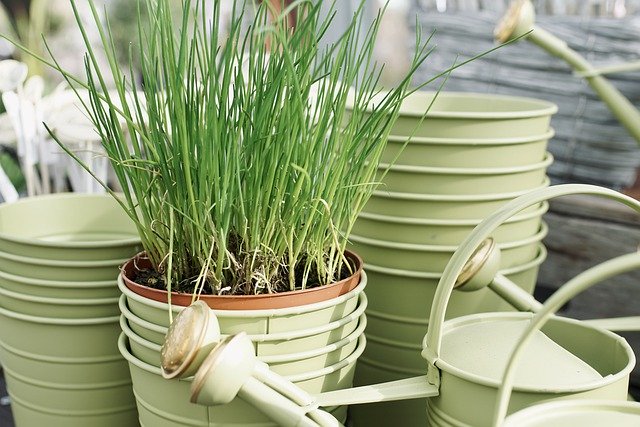
Start your Garden at Home with a few Supplies:
•Containers with a depth of 6 to 12 inches. I suggest some round and rectangular containers to begin.
•a few bags of premixed potting soil. Look for bags made for vegetables that contain perlite or vermiculite.
•packages of seeds or garden ready plants. If you are impatient, buy the latter.
The Easiest Vegetables for Container Gardening
Grow the vegetables you love right off your balcony, terrace, or rooftop. Here is a list of the fasted and easiest growing vegetables for container gardening.
Lettuce:
Rectangular boxes are perfect to grow the cut and come again leafy greens (which can be harvested year-round indoors too!). Sow a variety of lettuce seeds together for a wonderful salad blend. I suggest using Loose leaf, Crisphead, Cos, Stern, and Butterhead.
•Lettuce can grow in shallow containers with a pot of 6 inches deep. Grows great in full sun to partial shade. However, in those hot summer days, partial shade is best.
•Sow lettuce seeds every two weeks for a continual harvest.
•Most lettuce varieties grow in 45-55 days. Whereas, Romaine takes 75-85 days. Crisphead, also widely known as iceberg can take 70-100 days!
Spinach:
Spinach is great for eyesight and the immune system and keeps our bones strong. Spinach is full of iron, vitamins A and C, folic acid, Thiamin, and more. Plant as the ground thaws, Spinach can survive in temperatures as low as 9 degrees Celcius.
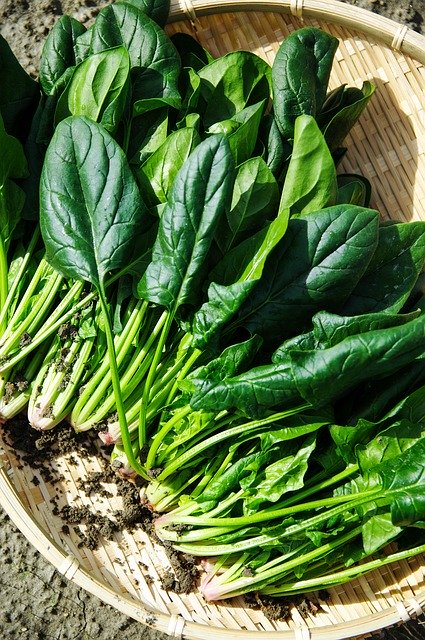
•Sprouts in about 30 days. It takes about 45 days to reach full harvest.
•In the cooler days, Spinach likes full sun. However, when the temperatures go past 26°C, move to a shady area.
•For successive harvests, pluck leaves from the outer edges.
Arugula:
Also known as garden rocket, “roquette,” “rucola,” and a couple of other names. This cancer-fighting superfood is rich in chlorophyll and vitamin K (which is needed for bones to absorb calcium). I am such a superfan of Arugula that I started the first Arugula Fan Club page. Due to a lack of maintenance, it has since been removed.
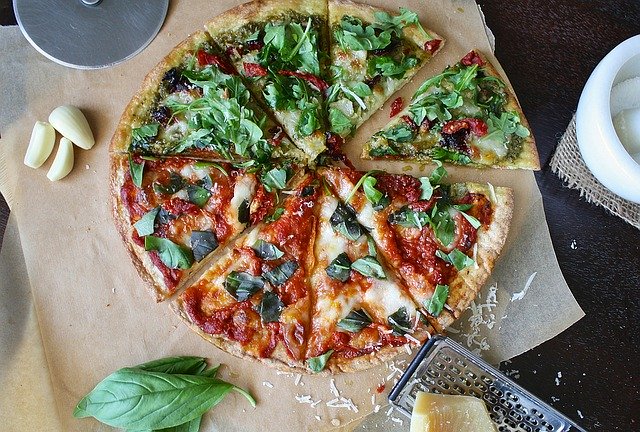
•Seedlings emerge with 7-14 days, and about a month later, it’s ready for cutting from the base.
•Known for its peppery taste, Arugula can grow within a month. Keep sowing the seeds for continual growth.
•Like most vegetables, Arugula needs about six hours of sun a day to grow but can still thrive in partial shade.
Water Cress:
Watercress is part of the kale, brussels sprout, and cabbage family that only needs a small space to grow for an abundance of health benefits.

•This wonderful salad topper is big on vitamin K, which takes about 14 days to sprout and ready to harvest two weeks after.
•Watercress is an aquatic plant that requires much water and partial shade to grow.
Kale:
An absolute superfood, it’s one of the most nutrient-dense foods on earth, and for a good reason, as it is loaded with powerful antioxidants. Kale is a cut and come again plant that provides a continuous yield.
Kale comes in three different varieties under various names: curly kale, dinosaur kale, redbor kale, etc.
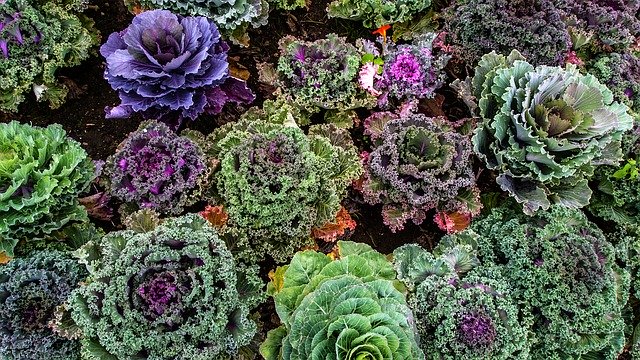
•Kale is frost-hardy that requires full sun (8 hours a day).
•Seedlings emerge in 10-21 days, and ready for clipping another month.
Radishes: This little superfood is packed with vitamins A, E, C, B6, and K. It has got to be one of the easiest vegetables to grow in containers. Your blood vessels will thank you for eating radishes regularly. Radishes thrive in cooler temperatures between 10 and 21 Celcius. So plant them now for an early harvest.
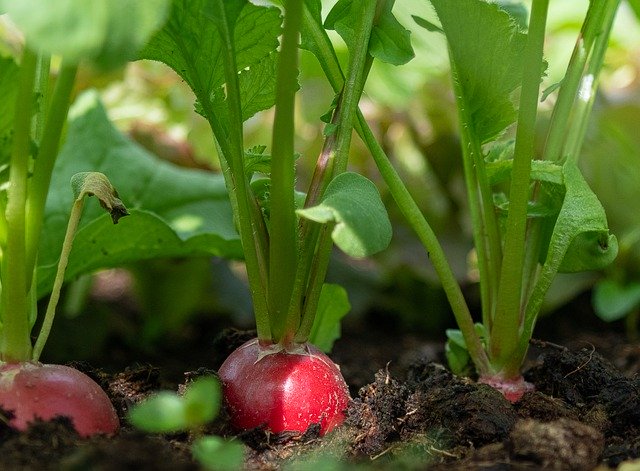
•Sow radishes every two weeks ready to harvest in about a month. •Keep planting seeds for continual growth through spring and autumn.
•Needs full sun to partial shade. Move to partial shade during sweltering days.
Green Onions: Also referred to as scallions, these quick-growing plants are high in vitamin K and C. They offer the best of both worlds for the benefits of onions and greens.
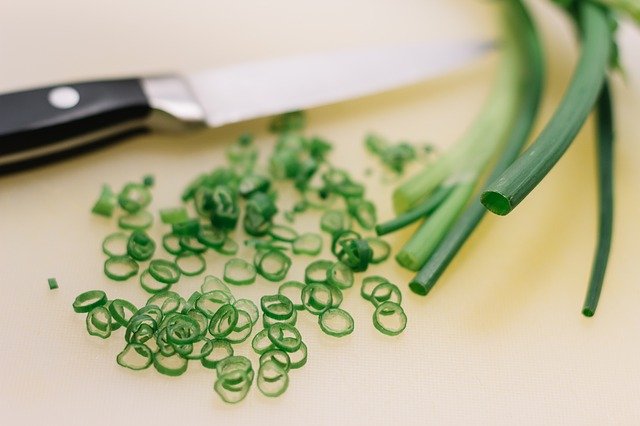
•Green Onions take 21 days to sprout, and once the green shoots grow to about six inches, cut them back to the base for your first round of harvest.
•For quick results plant store-bought onions directly in the soil. Plant them root-down. Another method is to use onion scraps root-side down, and green shoots will grow fast.
•Use a container that is 6-8 inches deep with any width, as onions not only tolerate crowded spaces, they prefer it.
Attracting Beneficial Insects to Your Garden
One advantage of cultivating a garden is the opportunity to draw in insects such as bees and butterflies. Not only do they play a crucial role in pollinating your plants, but you can also intentionally encourage their presence to produce honey for personal use, adding a wholesome touch to your pantry. This practice is both eco-friendly and promotes a healthy environment.
Now that we have our vegetables growing at arms reach consider growing some herbs for a great meal produced from your kitchen. Are you a gardener? What are your easiest vegetables to grow in containers?
Wellness practitioner and digital nomad, Jody is looking for like-minded meditators and travel adventurers. No lulu lemmings.
